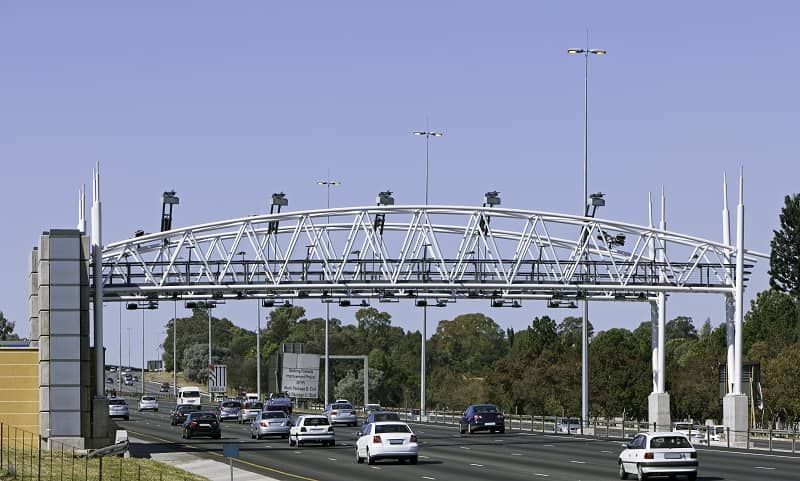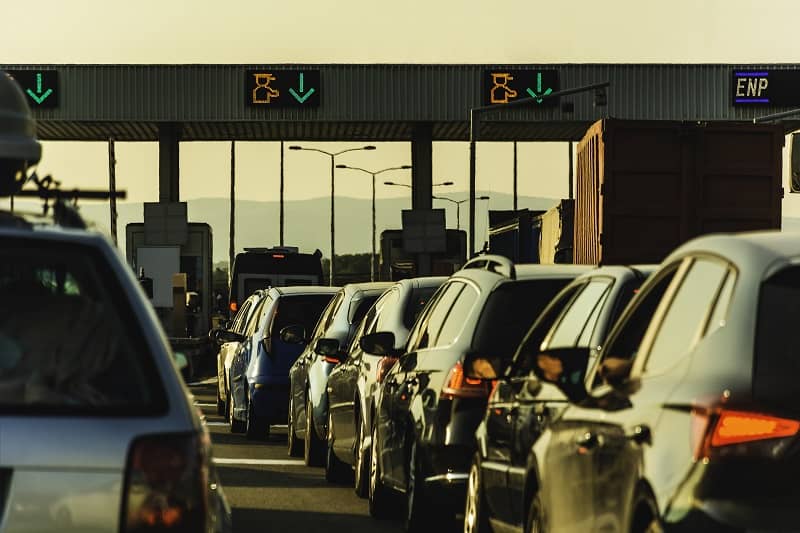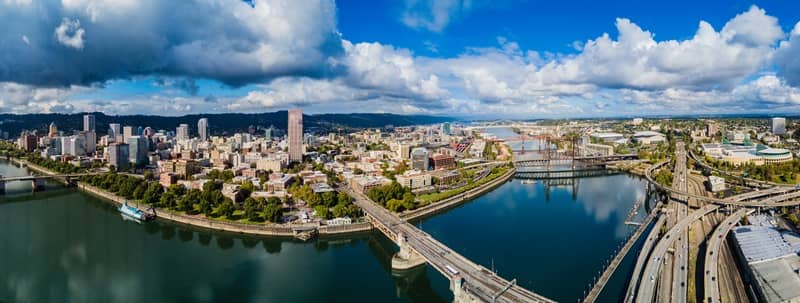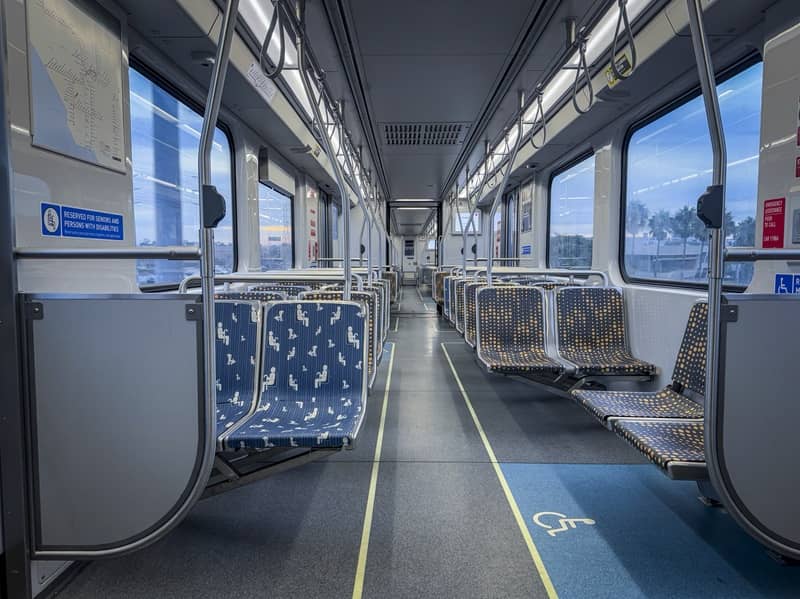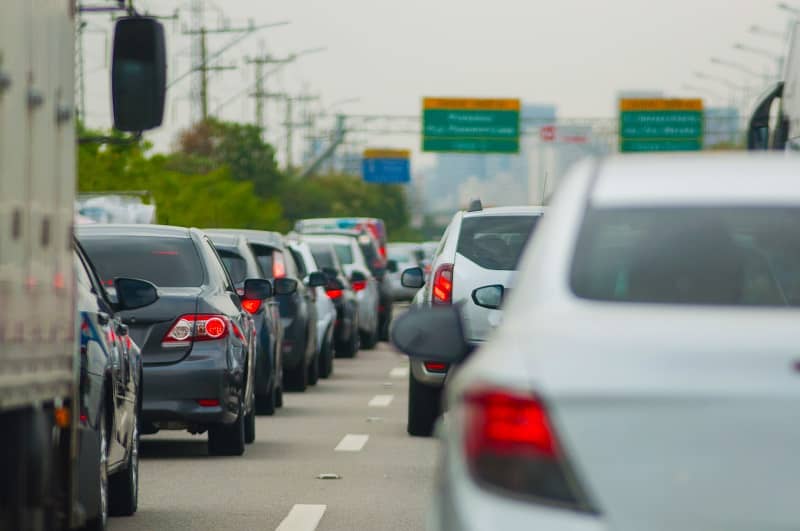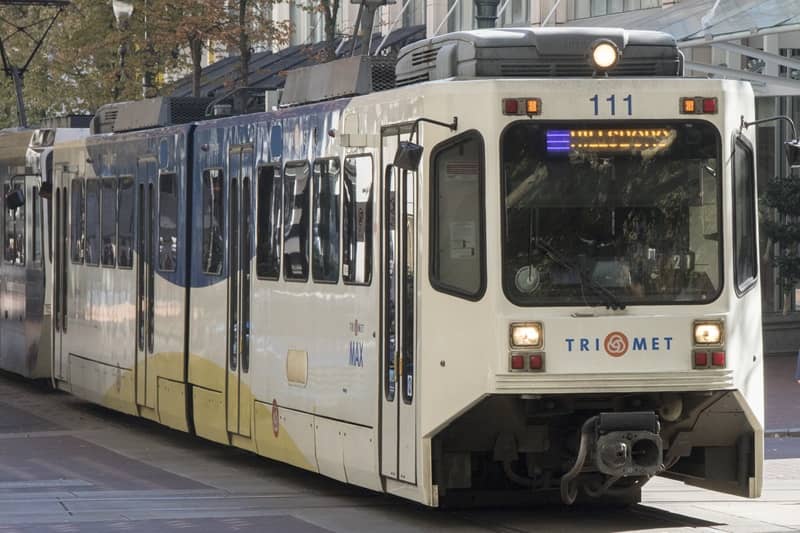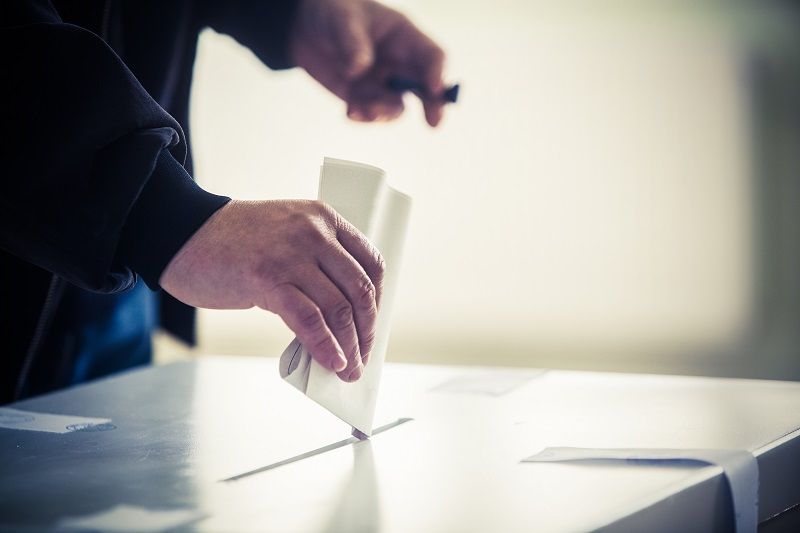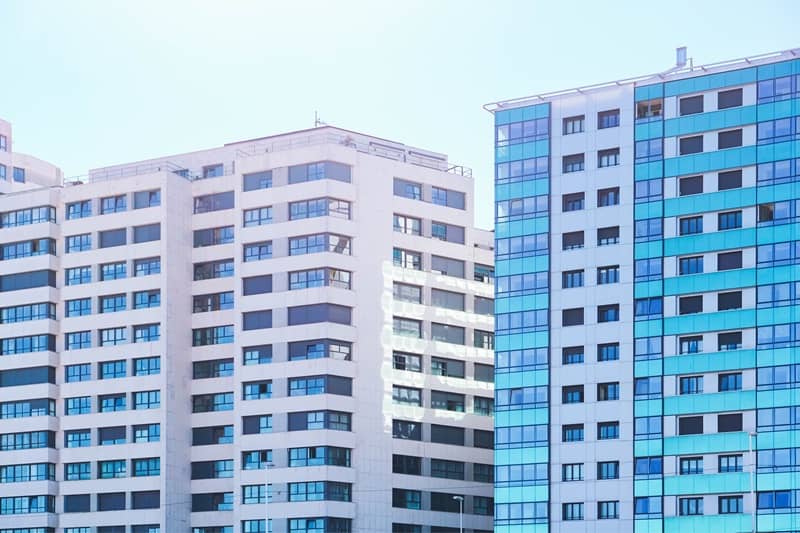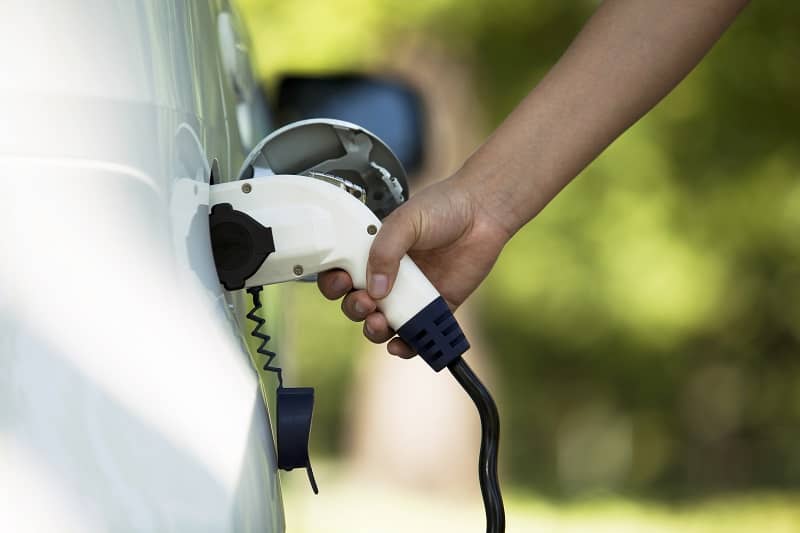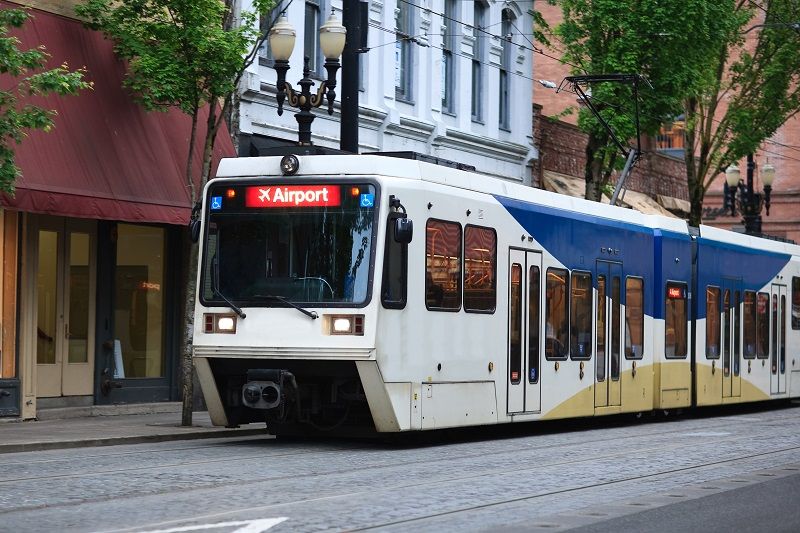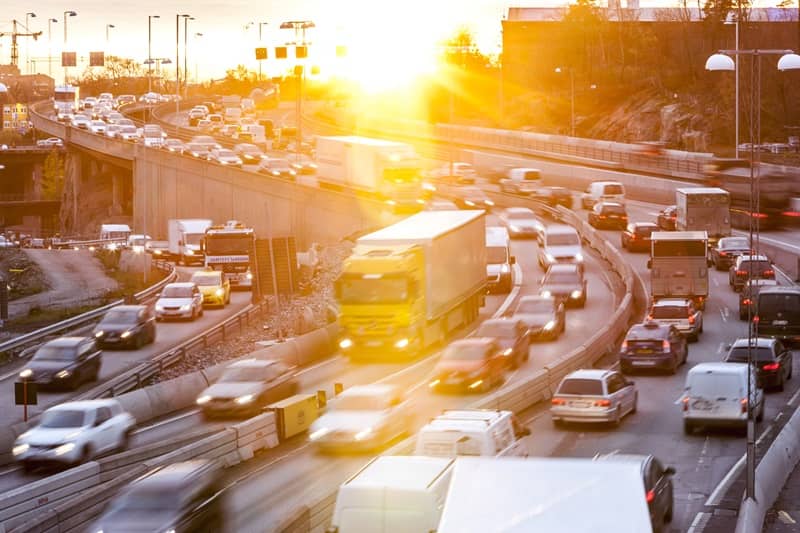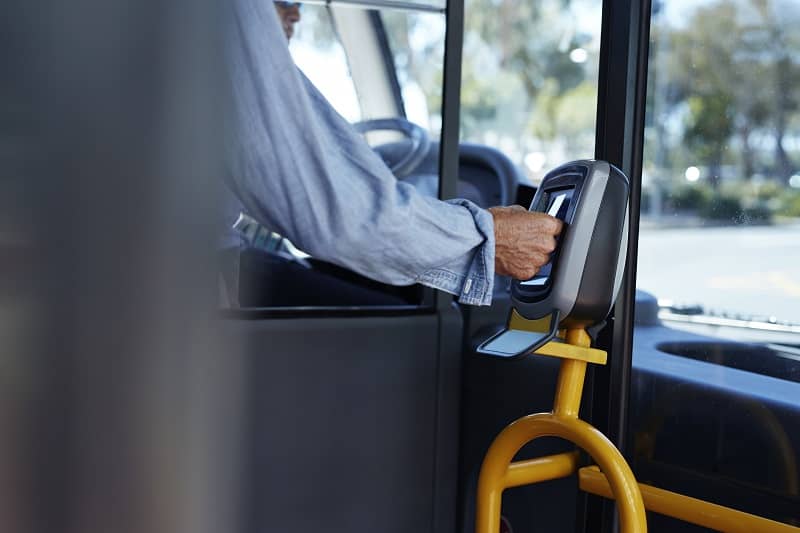A study released today by Cascade Policy Institute shows that TriMet’s so-called “High-Capacity Transit” system – comprised of light rail, the Portland Streetcar and commuter rail – is incapable of actually moving large numbers of people when needed. Moreover, most of the time there is no demand for high-capacity transit because the region’s population is too dispersed, and people prefer to travel by modes other than passenger rail.
The study, Light Rail, Streetcars & the Myth of “High Capacity Transit, measured actual trip choices made during 2010 at five big events when presumably “high-capacity” transit would be in demand: the Portland Green Building home show held in March at the Multnomah County Expo Center; the opening night show of the Cirque du Soleil in April; the final playoff game of the year for the Portland Trail Blazers in May; “Black Friday” at the Cascade Station shopping center in November; and December 21st at the Gresham Civic Station shopping center in December. The results were:
- Light rail use at the Green Home Show averaged 20% of all passenger-trips;
- Streetcar use at the Cirque du Soleil opening show was 8%;
- Light rail use at the Blazer game was 21%;
- Rail use at Cascade Station averaged 2% over a two-day period in November; and
- Light rail at Gresham Civic Station carried 2% of all passenger-trips for the morning commute period and 2% of all passenger-trips for the mid-day shopping period.
In total, 47,666 passenger-trips were observed or estimated, and rail only garnered 11% of the market share, as summarized below.
Summary Totals
All passenger-trips to all events, by mode choice
| Green home show |
Circus | Blazers | Cascade Station |
Gresham Station |
Totals | Market share (%) |
|
| Rail | 516 | 110 | 4,238 | 333 | 120 | 5,317 | 11% |
| Auto | 2,106 | 1,245 | 14,636 (est) | 17,570 | 5,101 | 40,658 | 85% |
| Other | 0 | 0 | 1,626(est) | 5 | 55 | 1,686 | 4% |
| Total | 2,622 | 1,355 | 20,500 | 17,908 | 5,276 | 47,666 | 100% |
Note: For the Blazer game, only light-rail trips were observed; other mode totals were estimated.
In all cases except for the Blazer game, actual seating capacity of the trains was never an issue because so few customers chose to ride, even when on-site parking was quite expensive. In the one case where high-capacity transit would have been very helpful – the Blazer playoff game – the light rail system was overwhelmed by crowds and could only muster 21% of market share despite the use of four different MAX lines – the Yellow, Green, Blue and Red lines.
The reason for the modest transit totals is that light rail is inherently a low-capacity system, because there are only two rail cars per train. The system cannot use more than two cars because trains travel on surface streets in downtown Portland. If trains had 8-9 cars, as is common with the New York City subway or other heavy rail systems, the trains would be blocking downtown intersections for minutes at a time.
Also, trains generally cannot run at greater frequencies than every three minutes due to operational and safety requirements. In most cases, trains only run every 12-15 minutes, or less often. These constraints limit passenger-throughput compared to a bus transit system where vehicles can travel with minimal spacing requirements.
Cascade President John A. Charles, Jr. conducted the research with the help of several assistants. He stated, “The field research shows that continued use of the phrase ‘high-capacity transit’ by local planners to describe the regional rail program is Orwellian. Light rail is actually a low-capacity system, and the streetcar is simply irrelevant. TriMet’s buses carries two-thirds of all regional transit trips on a daily basis, and that’s the service that should be recognized as high-capacity transit. Unfortunately, bus service is being sacrificed by TriMet in order to build costly new rail lines that carry relatively few people.”
